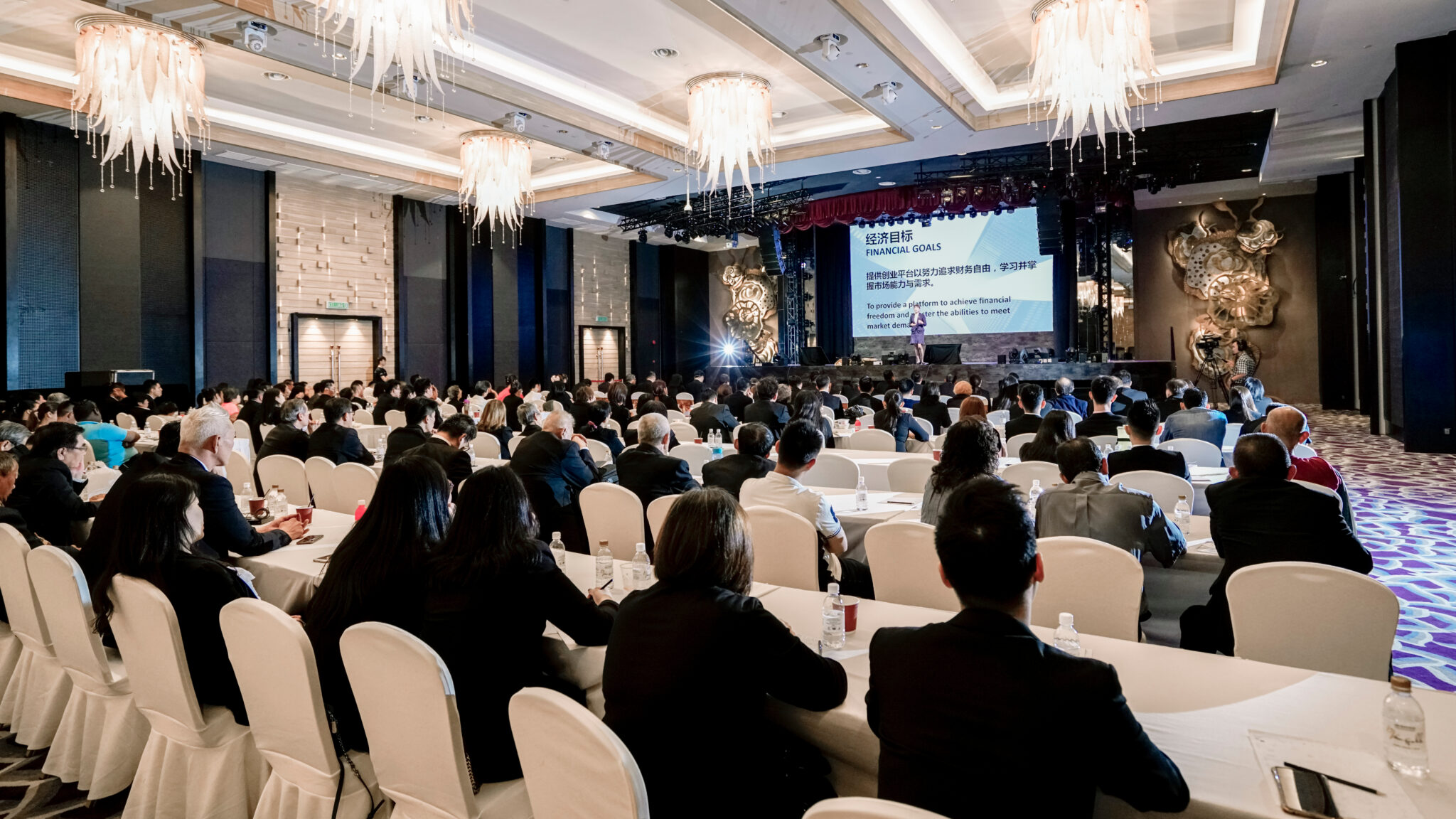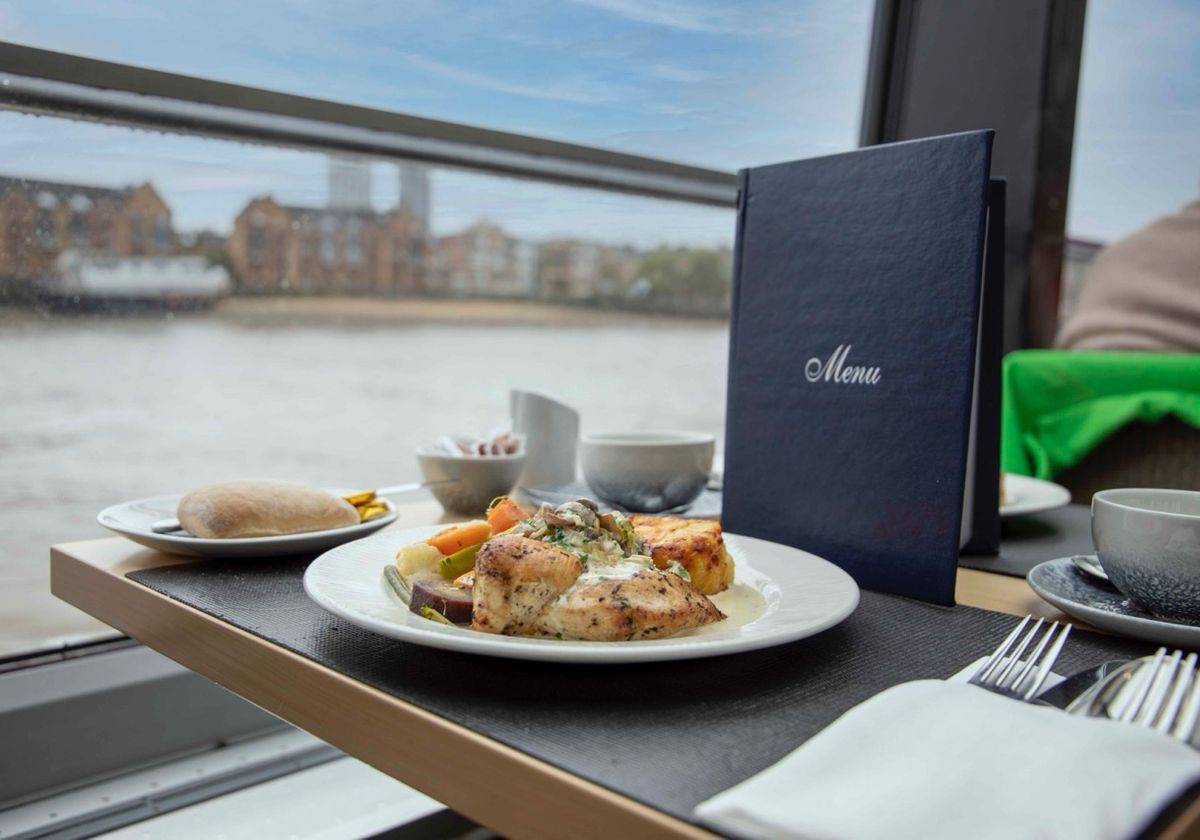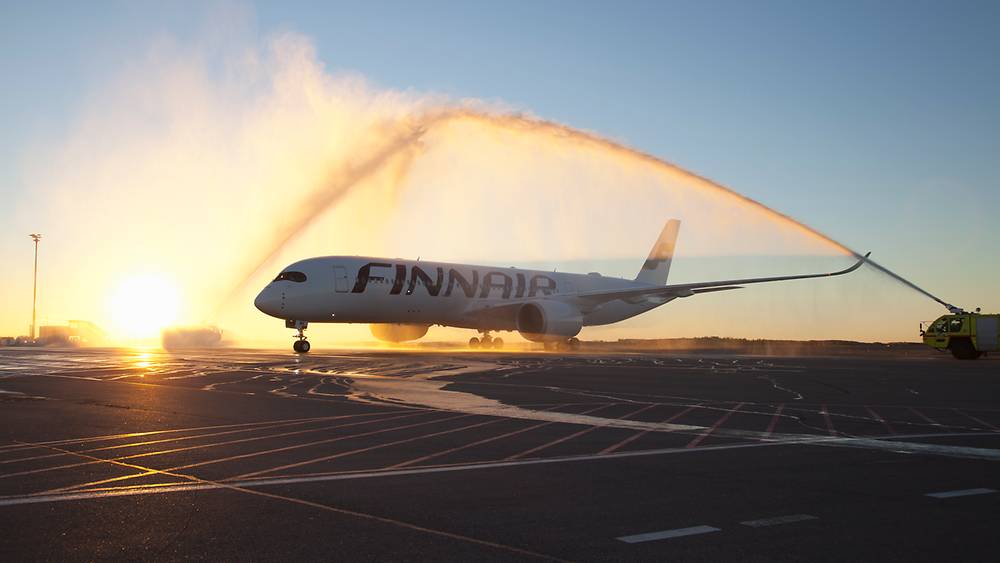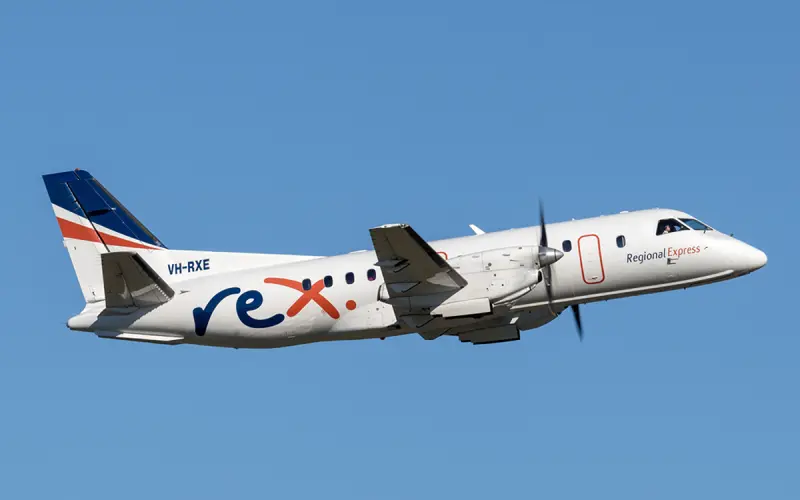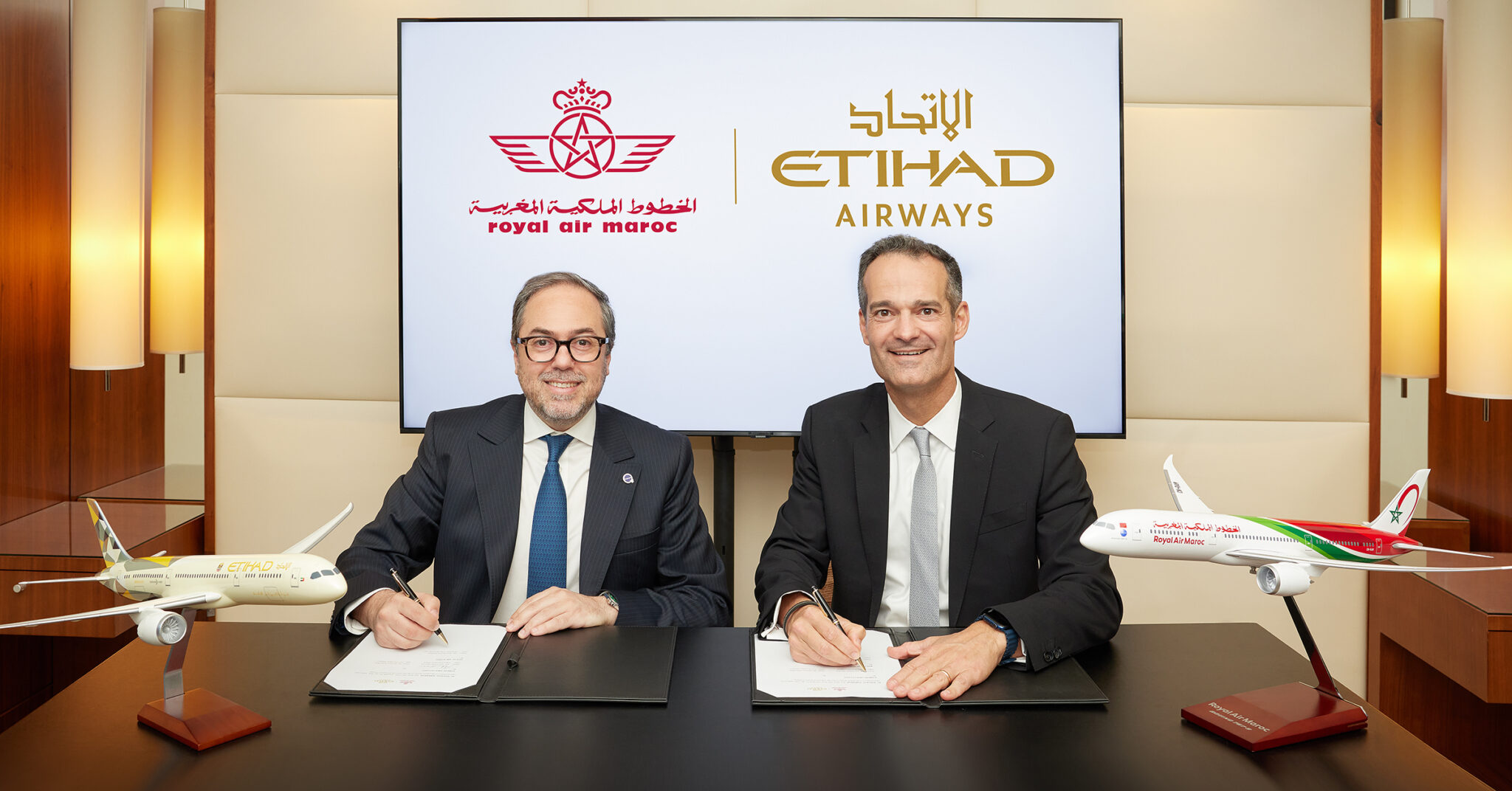As we become ever more conscious of our planet’s well-being, travellers are increasingly looking to minimise their carbon footprint. Not only is Eurotunnel the quickest and easiest way to travel to France, it’s also one of the most environmentally friendly. Below are 8 of the key environmental facts and undertakings from Eurotunnel and its parent company, Getlink:
- The construction of the Channel Tunnel has been designed with eco-friendliness in mind. Marine life is protected as the tunnel doesn’t interfere with their life and fragile ecosystem.
- Eurotunnel is the only cross-Channel operator to reveal their carbon emissions, which they have done since 2006. Despite a very low carbon footprint already, the Getlink Group is committed to reduce it even more, with a goal of 30% reduction in emissions by 2025 compared to 2019. Beyond 2025 the Group will continue to reduce emissions to get to Net Zero by 2050.
- In May 2022 the first power flow was successfully transferred over the 52km ElecLink cable installed inside the Channel Tunnel. This optimises the existing infrastructure, and promotes the development of alternative energies in France and the UK. It will avoid hundreds of thousands of tonnes of CO2 each year by limiting the use of fossil energy sources on both sides of the Channel. Additionally, no aerial or submarine cables avoids interference with marine life.
- All Le Shuttle trains are electric (from low carbon sources), therefore no air pollution and very low greenhouse gas emissions. In 2022, electricity consumption for Eurotunnel was certified as 51% renewable source, and 60% low carbon, including nuclear energy. Eurotunnel is currently working hard to develop its own renewable farms.
- If your car is full of passengers, your carbon emissions will be reduced by up to 67% compared to flying – even less if your car is electric. Eurotunnel produces on average 2kg of CO2 per car per crossing, compared to 147kg of CO2 for a typical Dover-Calais ferry. That’s 73x less!
- Eurotunnel provides charging stations to the growing number of Shuttle customers travelling with electric vehicles, at both the Folkestone and Coquelles terminals. All 16 chargers are free to use, and support most models.
- Samphire Hoe nature reserve was built using the millions of tonnes of chalk marl extracted from beneath the sea during construction of the Channel Tunnel. In 2022 it received its 17th Green Flag Award, and welcomes more than 130,000 visitors each year. Some 140 species of birds and 200 plants are found there.
- On the French side, 31 hectares have been devoted to biodiversity preservation since 2021. Moreover, polluting mechanical equipment used to maintain the green areas around the Coquelles terminal has been partially replaced by Salers and Highland cattle. They now graze 34 hectares considerably more peacefully than the land-clearers did.



 share
share

















